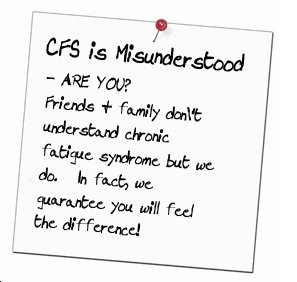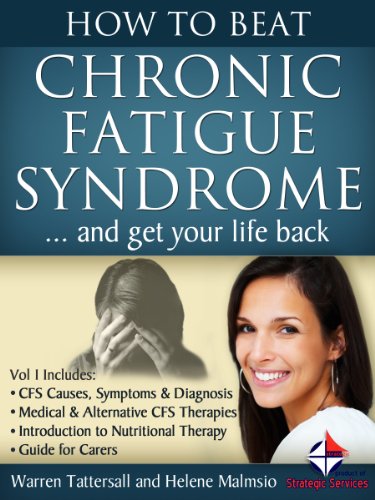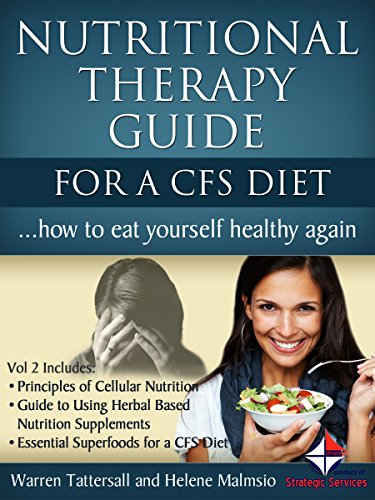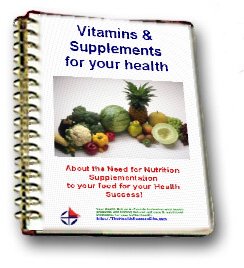Effective ways to avoid injuries while exercising
The most powerful medicine for injuries is prevention. Here are some effective ways to avoid injuries:
1. Build up your level of activity gradually over the weeks to come.
• Try not to set your goals too high - otherwise you will be tempted to push yourself too far too quickly.
• For activities such as jogging, walking briskly and jumping rope, limber up gently and slowly before and after exercising.
• For other activities, build up slowly to your target zone, and cool down slowly afterwards.
2. Listen to your body for early warning pains.
• Exercising too much can cause injuries to joints, feet, ankles and legs. So don't make the mistake of exercising beyond early warning pains in these areas or more serious injuries may result. Fortunately, minor muscle and joint injuries can be readily treated by rest and aspirin.
3. Be aware of possible signs of heart problems such as:
• Pain or pressure in the left or mid-chest area, left neck, shoulder or arm during or just after exercising. (Vigorous exercise may cause a side stitch while exercising - a pain below your bottom ribs - which is not the result of a heart problem.)
• Sudden lightheartedness, cold sweat, pallor or fainting. Ignoring these signals and continuing to exercise may lead to serious heart problems. Should any of these signs occur, stop exercising and call your doctor,
4. For outdoor activities, take appropriate precautions under special weather conditions.
On hot, humid days:
• Exercise during the cooler and/or less humid parts of the day such as early morning or early evening after the sun has gone down.
• Exercise less than normal for a week until you become adapted to the heat.
• Drink lots of fluids, particularly water - before, during and after exercising. Usually, you do not need extra salt because you get enough salt in your diet. (And a well-conditioned body is better able to conserve salt so that most of the sweat is water.) However, if you exercise very vigorously for an extended time in the heat (for example, running a marathon), it's a good idea to increase your salt intake a little.
• Watch out for signs of heat stroke - feeling dizzy, weak, light- headed, and/or excessively tired; sweating stops; or body temperature becomes dangerously high.
• Wear a minimum of light, loose-fitting clothing.
• Avoid rubberized or plastic suits, sweatshirts, and sweat pants. Such clothing will not actually help you lose weight any faster by making you sweat more. The weight you lose in fluids by sweating will be quickly replaced as soon as you begin drinking fluids again. This type of clothing can also cause dangerously high temperatures, possibly resulting in heat stroke.
On cold days:
• Wear one layer less of clothing than you would wear if you were outside but not exercising. It's also better to wear several layers of clothing rather than one heavy layer. You can alwaysremove a layer if you get too warm.
• Use old mittens, gloves, or cotton socks to protect your hands.
• Wear a hat, since up to 40 percent of your body's heat is lost through your neck and head.
On rainy, icy or snowy days:
• Be aware of reduced visibility (for yourself and for drivers) and reduced traction on pathways.
5. Other handy tips are:
• If you've eaten a meal, avoid strenuous exercise for at least 2 hours. If you exercise vigorously first, wait about 20 minutes before eating.
• Use proper equipment such as goggles to protect your eyes for handball or racquetball, or good shoes with adequate cushioning in the soles for running or walking.
• Hard or uneven surfaces such as cement or rough fields are more likely to cause injuries. Soft, even surfaces such as a level grass field, a dirt path, or a track for running are better for your feet and joints.
• If you run or jog, land on your heels rather than the balls of your feet. This will minimize the strain on your feet and lower legs.
• Joggers or walkers should also watch for cars and wear light- colored clothes with a reflecting band during darkness so that drivers can see you. Remember, drivers don't see you as well as you see their cars. Face oncoming traffic and do not assume that drivers will notice you on the roadway.
• If you bicycle, you can help prevent injuries by always wearing a helmet and using lights and wheel-mounted reflectors at night. Also, ride in the direction of traffic and try to avoid busy streets.
• Check your shopping malls. Many malls are open early and late for people who do not wish to exercise alone in the dark. They also make it possible to be active in bad weather and to avoid summer heat, winter cold or allergy seasons.
the A to Z directory of dealing with Health Problems & Self Care Strategies for natural remedies to your health issues.

Subscribe to get your weekly "Health Success Magazine" with a new complete & comprehensive Health Report in every edition!

to “Your Health Success”
our weekly F’R’E’E’ Newsletter
If you would like a free no-obligation private consultation or to contact Warren Tattersall for more information, please click here >> Contact Us
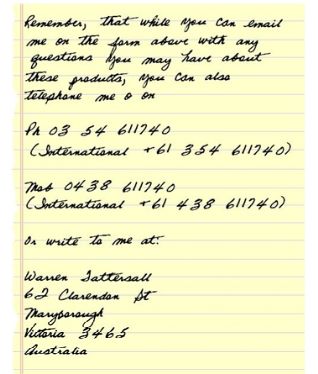
Click the books above to learn more about how we treat CFS naturally, to get your life back!
You will find many assorted Health Reports available for download free to you on this website!
Our free Health Success Reports are each available for you to download when you subscribe to receive them and their 7 part eCourse.
You can unsubscribe at any time, but we are sure you will want to receive all the email lessons of these informative ecourses.
Read more HERE to select the REPORT subjects of most interest (or concern) to you.






